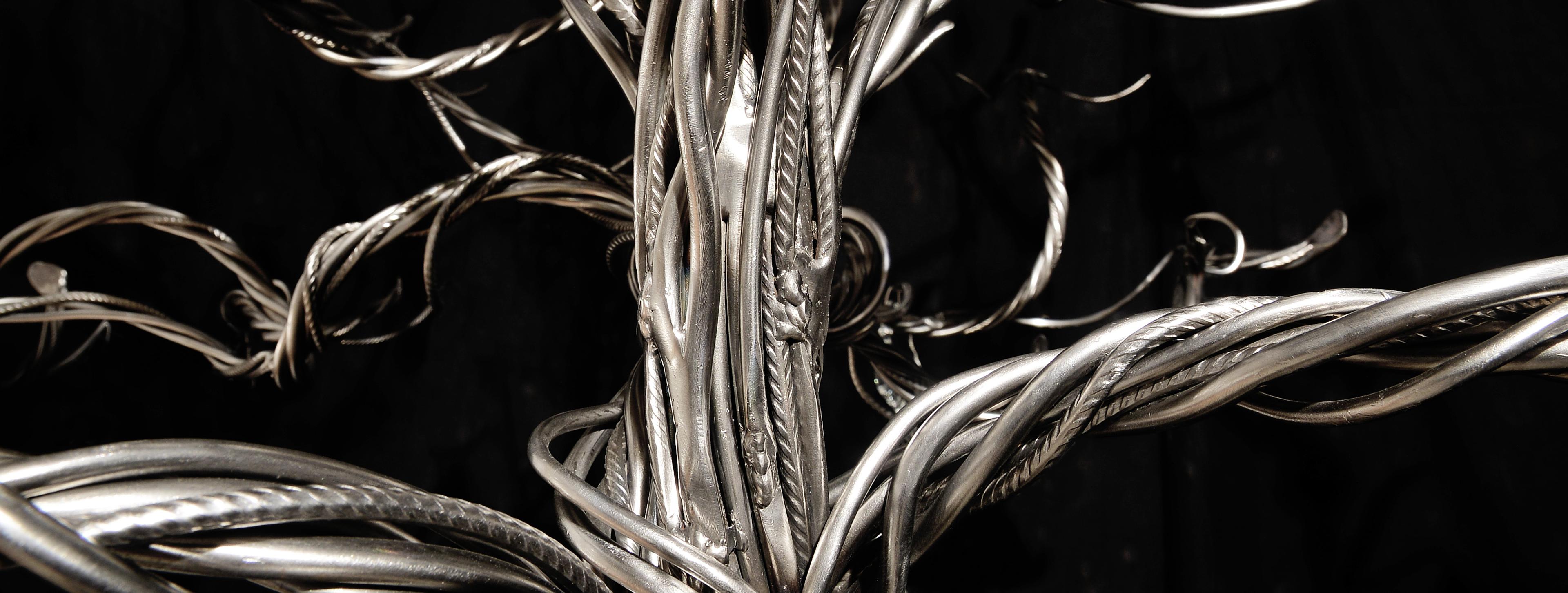
Filinea Black Armchair
GBP 7,900
Ships in 5-6 weeks

Metal's complexity, combined with the various applications that metalworks can have, contributed to shaping a strong bond between Italian craftsmanship and this material. The fascinating combination of beauty and strength made different metals the perfect source for both everyday objects and decorative artworks.
Praised not only for its structural features but also for its elegant finishes and various textures, metals and the act of forging became a recognizable part of the country's cultural identity, and today Italian craftsmen still hold their activities with passion and motivation to keep exploring this wonderful material to the fullest.
Since ancient times, metals have captivated artisans and collectors alike with their unique properties and timeless appeal. Bronze, with its warm nuances and luminous finish, has been cherished since the dawn of the Bronze Age for its ability to evoke rustic charm and artistic depth. Copper, prized not only for its distinctive reddish hue but also for its remarkable malleability, has long served as a medium through which artisans express boundless creativity.
Brass, praised by Homer and associated with Aphrodite, goddess of love and beauty, dazzles with its golden sheen, making it the ideal choice for creating refined and sophisticated works. Steel, an alloy of iron and carbon, combines strength and elegance.
Iron, perhaps the most storied of all metals, is deeply rooted in Italian tradition. Techniques such as ferro battuto—where iron is heated and hammered into form—are still practiced in Italian forges, carrying forward a legacy of craftsmanship that speaks to centuries of heritage and artisanal excellence.
Together, these metals represent not only the evolution of material culture but also the enduring spirit of handmade beauty.

GBP 7,900
Ships in 5-6 weeks

GBP 1,860
Ships in 2-3 weeks

GBP 3,515
Ships in 2-3 weeks

GBP 745
Ships in 3-4 weeks

GBP 1,425
Ships in 1 week

GBP 2,540
Ships in 1-2 weeks

GBP 5,040
Ships in 11-12 weeks

GBP 2,970
Ships in 5-6 weeks

GBP 1,010
Ships in 1-2 weeks